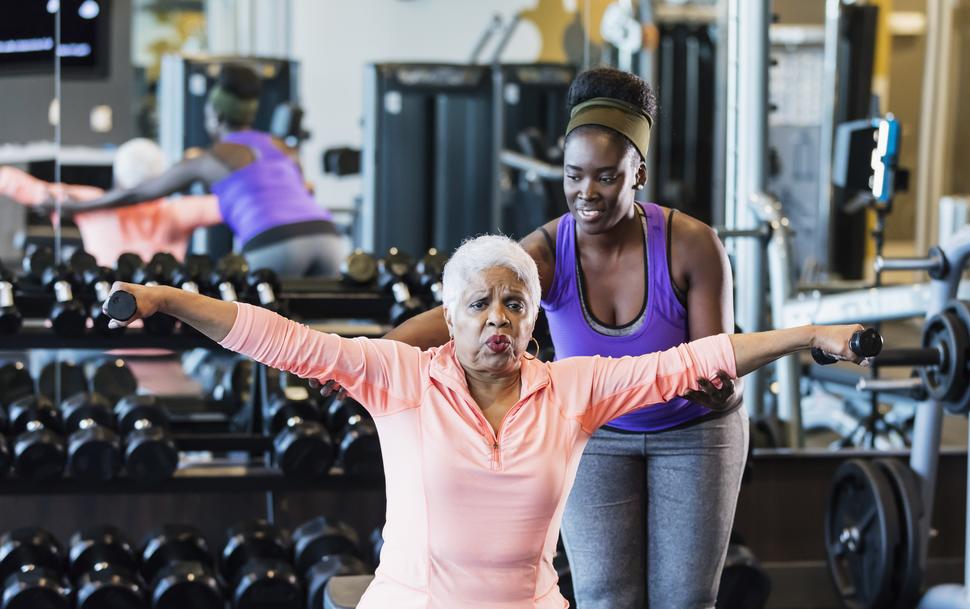When managing cancer, exploring every possible support and improvement is crucial.
Exercise is becoming a powerful helper in this process.
It not only works well alongside traditional cancer treatments but also provides unique ways to boost both physical and mental health.
Let’s look at how exercise can be a key part of caring for people fighting cancer.
Exercise is safe and helpful
Firstly, it’s important to recognise that exercise is safe and beneficial both during cancer treatment and in recovery.
Research has shown that patients who engage in regular physical activity experience fewer side effects from their treatments and report better overall health.
Exercise physiologists work closely with patients and healthcare teams to design personalised exercise regimens that address specific needs and goals, ensuring that each patient’s unique journey with cancer is supported.
Types of exercise helpful for cancer patients
Various types of exercises can be beneficial for cancer patients, including:
- Aerobic exercise: Activities such as walking, swimming, or cycling can help improve cardiovascular health, reduce fatigue, and boost mood.
- Strength training: Light weightlifting or resistance band exercises can help maintain muscle mass and strength, which are often compromised during cancer treatment.
- Flexibility exercises: Stretching and yoga can improve range of motion, reduce stiffness, and enhance overall mobility.
- Mindfulness techniques: Incorporating mindfulness, such as meditation or tai chi, can help reduce stress and promote emotional well-being.
These exercises can be tailored to the individual’s abilities and treatment plan, ensuring that they are both safe and effective.
Benefits of exercise
There are many benefits of exercise for cancer patients such as:
- Mitigating treatment side effects: Chemotherapy, radiation, and surgery can lead to fatigue, muscle weakness, reduced mobility, and emotional distress. Structured exercise programs can improve physical functioning, energy levels, and overall quality of life. Exercise also helps alleviate treatment-related symptoms such as nausea, pain, and insomnia, providing much-needed relief during a challenging time.
- Improving long-term health outcomes: Regular physical activity can reduce the risk of cancer recurrence and improve survival rates in certain cancer types. Exercise helps regulate hormone levels, reduce inflammation, and enhance immune function, creating an internal environment that is less favourable to cancer growth and progression. Additionally, maintaining a healthy weight through exercise and proper nutrition supports long-term health and well-being.
- Holistic healing: Exercise encompasses not only physical but also emotional and social aspects of healing. Participating in group exercise classes or support groups provides patients with a sense of community, camaraderie, and shared experience. It fosters resilience, motivation, and a positive outlook, which are invaluable assets in the face of adversity.
Empowering patients through exercise physiology
Exercise physiology is a comprehensive tool in the care of individuals with cancer.
By using tailored exercise interventions, healthcare providers can alleviate treatment-related side effects, improve long-term outcomes, and enhance the overall quality of life for patients and survivors.
It’s a pathway to healing that empowers individuals to reclaim control over their health and well-being, one step at a time.
If you have any questions or need assistance in creating a personalised exercise plan, please don’t hesitate to reach out to us.
We’re here to support you every step of the way.
Ethan May
Exercise Physiologist

